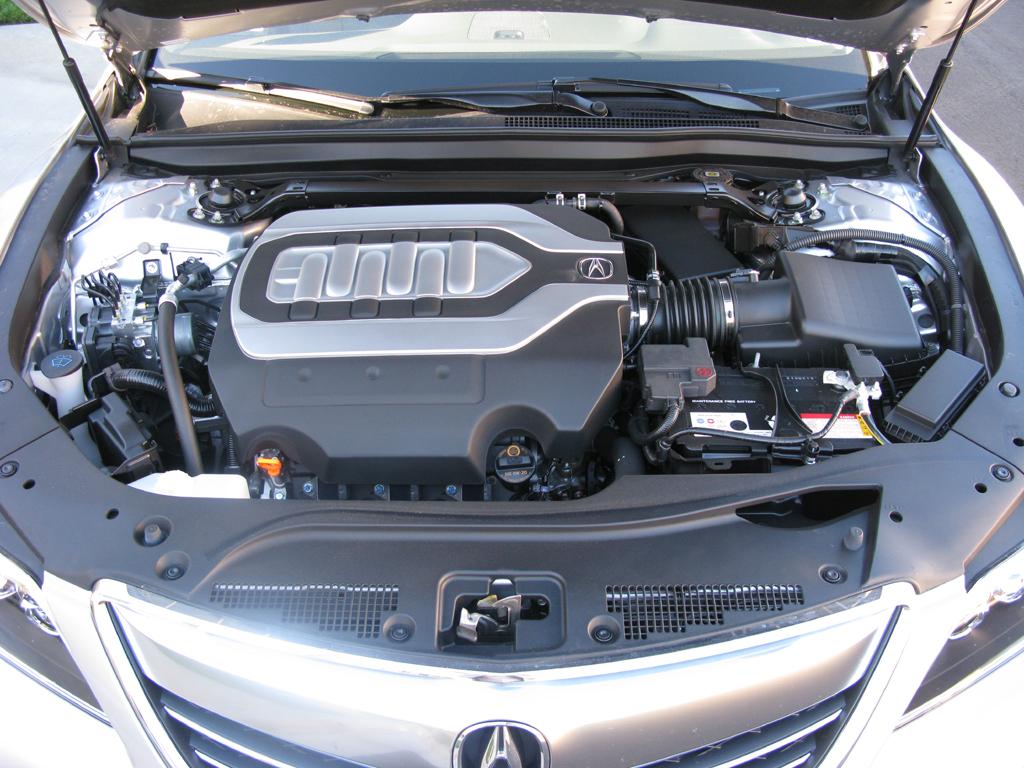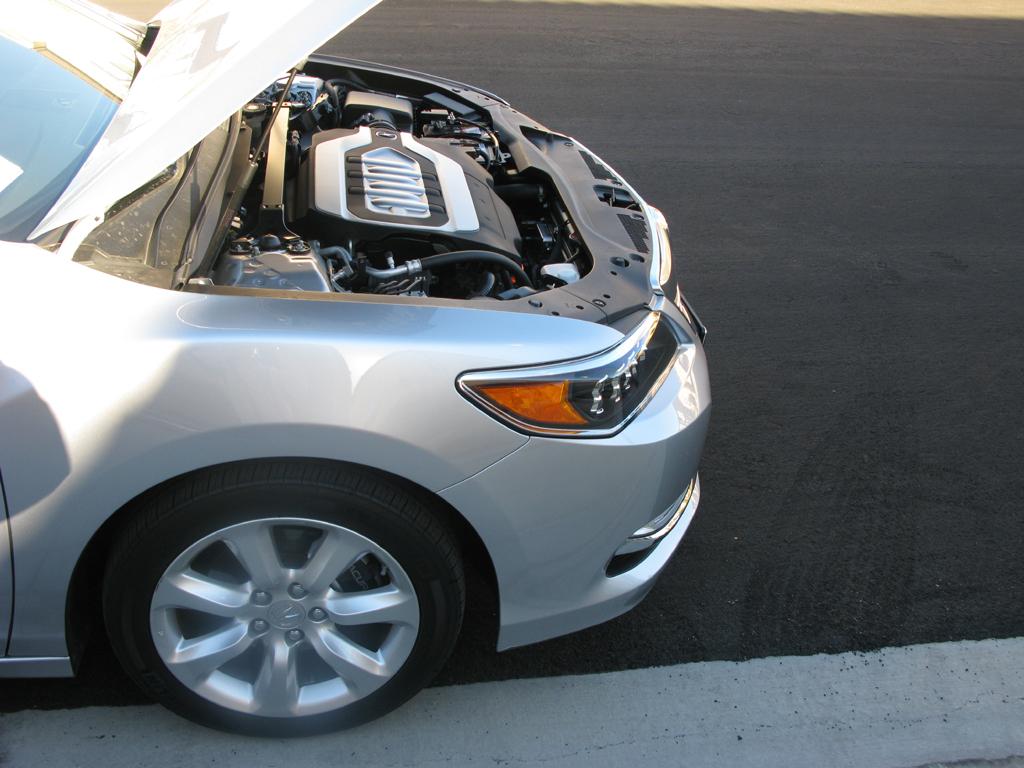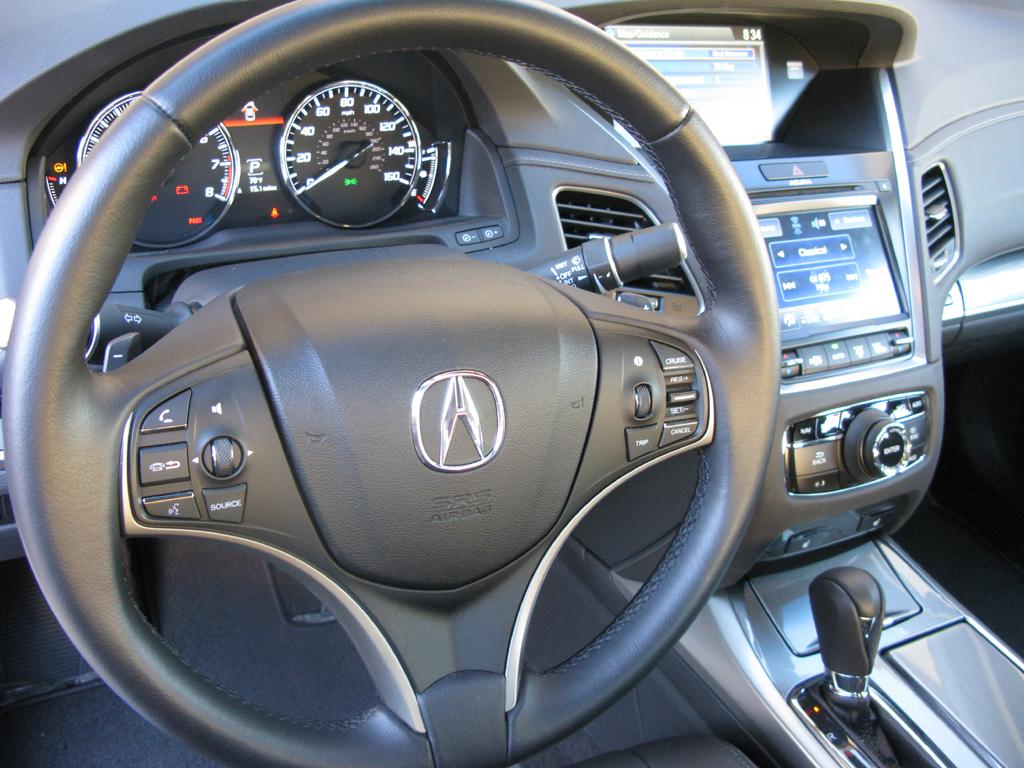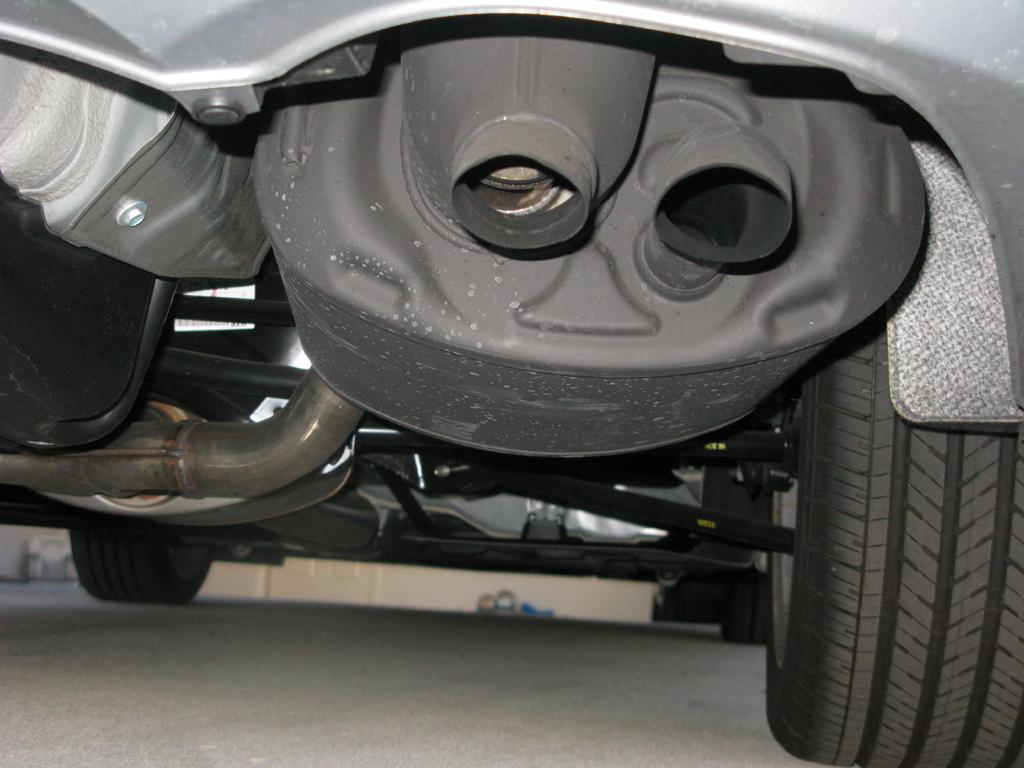
Review Index
2014 Acura RLX – Part 1 (Exterior)
2014 Acura RLX – Part 2 (Interior)
2014 Acura RLX – Part 3 (Electronic Features, Controls)
2014 Acura RLX – Part 4 (Powertrain)
2014 Acura RLX – Part 5 (Chassis)
The RLX is equipped with a naturally aspirated, direct injection 3.5L V6 engine, pumps out a maxium of 310hp at 6,500rpm, and 272 lb-ft of torque at 4,500rpm. The power is transmitted to the front wheels through Honda’s self-developed 6-speed automatic transmission.
Maybe unknown to some people, automatic transmissions developed by Honda has a completely different architecture. Almost all traditional automatic transmissions are using planetary gear sets to implement different gear ratios, but Honda’s design is similar to a manual transmission, by using sliding gears on parallel axes. Therefore Honda’s automatic transmission can be considered to be a computer controlled manual transmission, with a torque converter.
However, for most consumer it is very hard to tell the different shift feel between the Honda automatic transmission and other traditional automatic transmissions.
The 3.5L 310hp muscle is responsible for hauling the RLX with 3933-lb curb weight. With such weight level it is hard to let the RLX accelerates like a sports car. In addition, because of the front-wheel-drive platform, the front wheels will generate lots of slip when you floor the gas padel to accelerate from a complete stop. From the below photo you can see, because the RLX is riding on a front-wheel-drive platform, which requires the car’s front end to has a larger percentage of the total weight (to make sure the front wheel can gain more tractions), Acura has put the big V6 totally in front of the front axle.
The V6 engine uses a very thin and light weight 0W-20 engine oil, which increases the mpg efficiency.
And there is also some amounts of torque steering when the RLX is accelerating hard. What is torque steering? – Simply speaking, when your car’s engine is generating high output, you may feel there is a “force” that wants to turn the steering wheel. This is called “torque steering”. This symptom is common on FWD cars, due to the left/right front axles are normally with different lengths, therefore the power generated from the engine will create unequal torque on the steering system.
The throttle response of the RLX is almost instant: the time you changes the gas pedal position, it is also the time that the engine output changes accordingly. This ECU tuning creates a superb “direct connection” feel to the driver.
I find that Honda/Acura cars usually has very good throttle response, this is a obvious contrast to some other German competitors: after you have step on the gas pedal, the car acts like it needs to “think” about a couple seconds first, then it starts to react to your input.
The 3.5L engine is connected to a exhaust system which routes the burned air to 4 exhaust outlets (2 for each side), below photo shows details of the outlets on the right hand side.
In a summary, the RLX has plenty of power and there is no way you will feel it is “slow”. Actually, unless there is some sports car or sedan with a bigger engine/output, most of the time you will find yourself to be ahead of the traffic flow.








Recent Comments